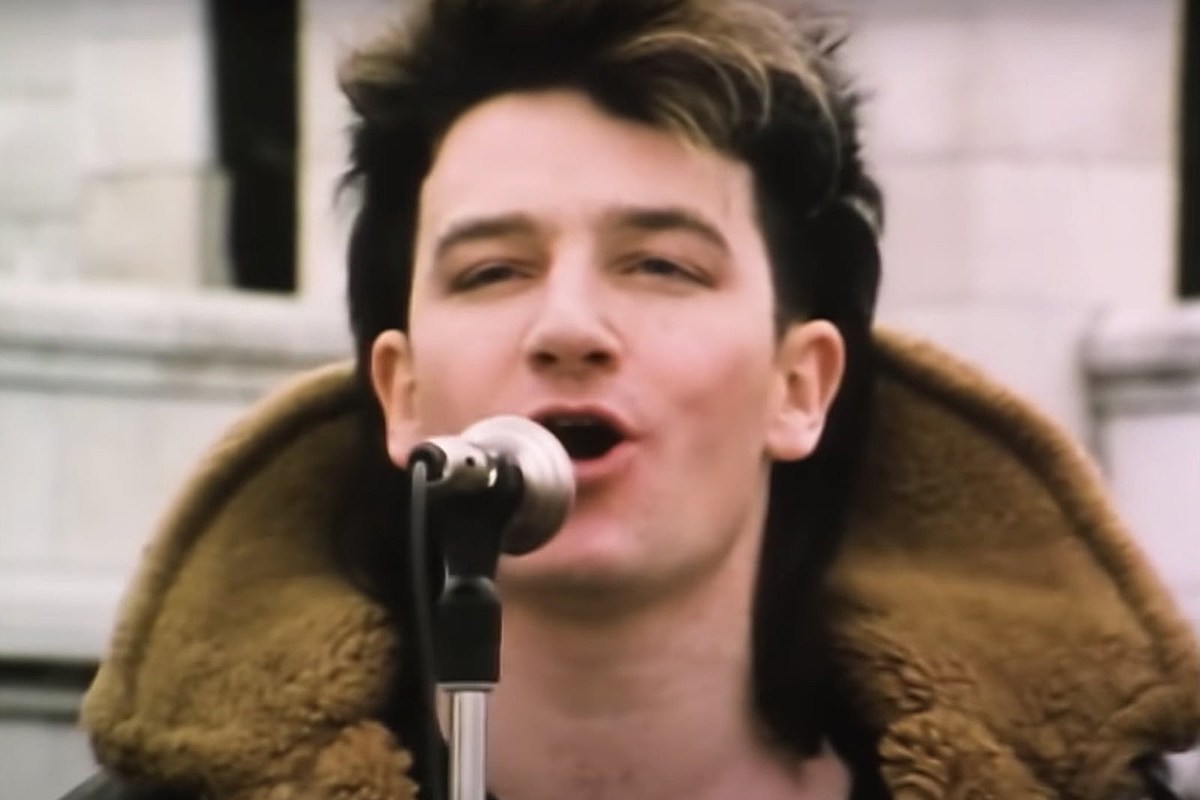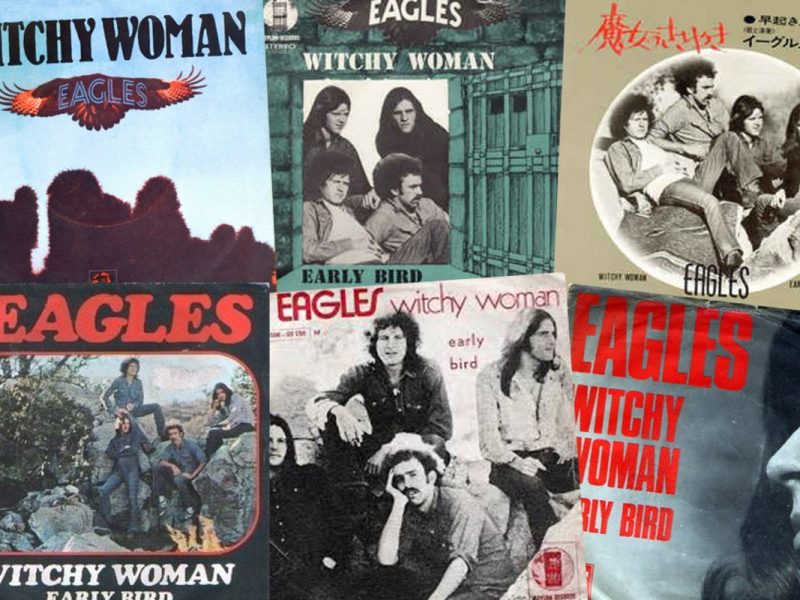War was, in many ways, the moment in which U2 found the collective will to push back. Fearlessly political, its songs took on the looming nuclear threat (“Seconds”), the plight of the displaced (“The Refugee”) and, most fearlessly, the Troubles still very much gripping Ireland (“Sunday Bloody Sunday”).
But War, like all other wars, still had time for a flicker of passion. “New Year’s Day,” a song that stood in fierce solidarity with Polish workers, actually started as a Bono’s paean to his wife, Ali Hewson. Then there was “Two Hearts Beat as One,” a Top 20 U.K. hit single released on March 21, 1983, which inverted that narrative journey. Unquestionably a love song, “Two Hearts Beat as One” showed U2 could still create with the same ardor and force, even when the stakes were far more personal.
“The band had been questioning whether their beliefs could coincide with their new experiences,” War producer Steve Lillywhite told the BBC in 2008. “And in the end, it was their manager Paul McGuinness who sat down and said, ‘Don’t be so silly; you can have them both.”
The spark for “Two Hearts,” perhaps unsurprisingly, emerged from Bono’s Caribbean honeymoon. He and the former Alison Stewart had been dating since 1975, and finally married in August 1982. In truth, Bono spent most of their time in the tropics working on the songs that would populate U2’s next album.
He saw similarities in the way both relationships were growing and changing. “Rather than falling in love, we were climbing up toward it,” Bono wrote in his memoir Surrender: 40 Songs, One Story. “We still are.”
Still, Bono gives his whole heart here. With this song, love isn’t a shining city on a hill; it’s a bottomless clear-blue lagoon meant simply to be plunged into. The Edge’s serrated guitar upstrokes sound like blood rushing, while Bono’s mind just races. Once again, matters of the heart and head are co-mingled: “I don’t know which side I’m on, I don’t know my right from left – or my right from wrong.”
Watch U2’s ‘Two Hearts Beat as One’ Video
One of the best parts about marrying a childhood sweetheart, however, is how they can serve as a steadying counterbalance. “It’s not like our love was absent any dark undercurrents or briny water, [but] we got each other through those bits where it was hard to see where we were. Ali calls it ‘the work of love,” Bono told The Sunday Times Magazine in 2022. “If one of us got lost the other was going to get us back, that’s kind of been the way it’s been for us.”
Lillywhite initially begged off as sessions began for War, having already produced their first two albums. But the group’s quickly evolving vision – and, quite frankly, U2’s unwillingness to go on with him – eventually lured back Lillywhite. “They knew exactly what they were aiming for, lyrically and sonically,” he told MusicRadar in 2011. “They were going for art, but in a very primal way.”
War in general, and the soaring “Two Hearts Beat as One” in particular, illustrated how they got there together. This was the closest U2 had yet been to capturing the clarion-call energy of their live shows – though, ironically, “Two Hearts Beat as One” would quickly disappear from their concerts.
The song was regularly featured on tours in support of War and then 1984’s The Unforgettable Fire – but went unheard on The Joshua Tree shows in the late ’80s. Save for an appearance on the turn-of-the-’90s Lovetown Tour, “Two Hearts Beat as One” was ignored until 2015.
“We’re a band from the North Side of Dublin called the U2,” Bono said as Adam Clayton finally played those familiar opening bass notes again. “This is a song we haven’t played in a quarter of a century.”
U2 never explained why, though perhaps Bono had finally found what he was looking for in any one of the many subsequent songs written for Ali – from “Desire” to “Sweetest Thing” to “Song for Someone.”
20 B-Sides That Became Big Hits
We’re focusing on songs that charted separately, rather than so-called “double A-sides.”



